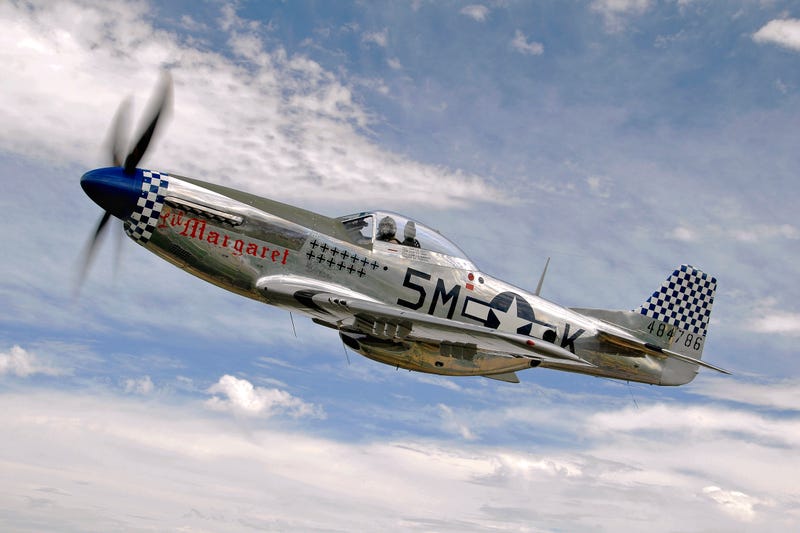Daryl Hunt
Your Worst Nightmare
- Banned
- #1
Here is a fun one. Compare those 3 fighters from WWII. Keep in mind that all 3 were highly successful and used in all fronts. Also keep in mind that a heavy fighter had many roles it had to do like fighter intercept, bomber escort, strafing, recon and more.

